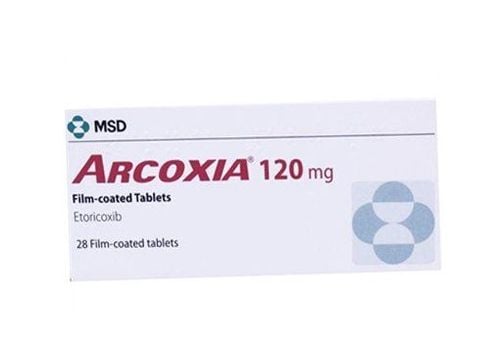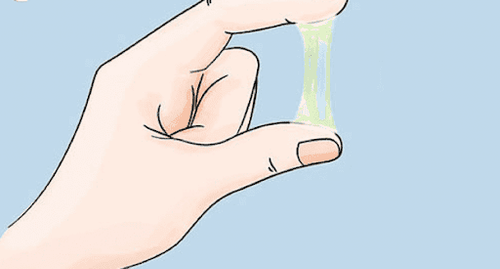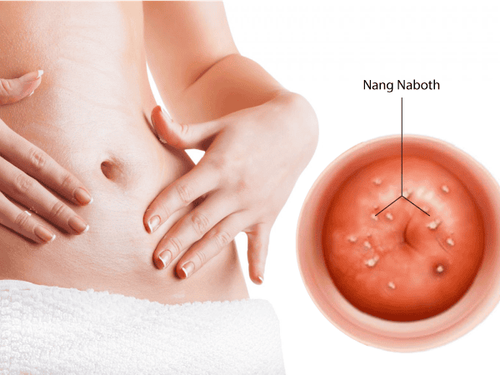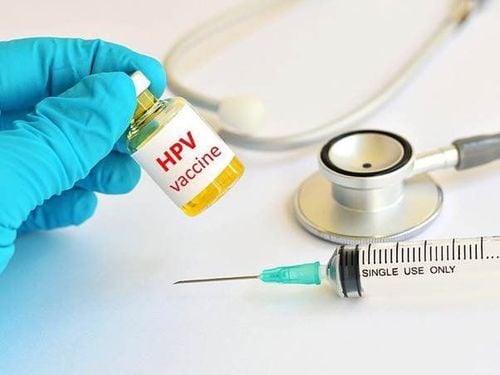Nabothian cervical cyst disease is a very common gynecological condition in women of reproductive age, often causing excessive vaginal discharge or abnormal vaginal bleeding. However, many patients lack knowledge about this condition, which can lead to severe progression of the disease.
1. What is Nabothian Cervical Cyst Disease?
Nabothian cervical cyst disease refers to the phenomenon of Nabothian cysts (small cysts) forming on the surface of the cervix – the junction between the uterus and the vagina. Each Nabothian cyst is typically small (the size of a grain of rice or a bean). However, they may grow larger depending on the severity and duration of the disease. Nabothian cysts are usually yellow or white with a smooth surface.
These cysts typically do not cause pain as they are benign lesions. Therefore, Nabothian cervical cysts are often detected during routine health check-ups or gynecological examinations.
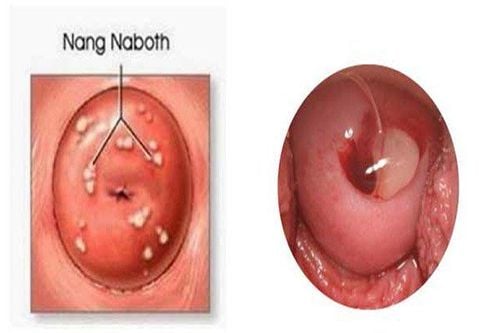
2. What Causes Nabothian Cervical Cyst Disease?
Nabothian cysts are usually benign, originating from the overgrowth of squamous epithelial cells. These cells grow over the glandular epithelium at the junction of the cervix. This overgrowth is often caused by injuries, infections, or inflammation in the cervix.
Cervical damage may stem from the following causes:
- Poor personal hygiene: This creates conditions for severe gynecological infections to develop. Recurrent infections can cause deep damage to the uterus and cervix
- Unsafe sexual practices: This can result in sexually transmitted infections (STIs). Pathogens such as viruses and bacteria may invade deeply, causing damage and inflammation in various vaginal organs, including the cervix.
- Complications from procedures: Repeated abortions or procedures performed at unqualified facilities that lack proper sterilization may lead to cervical damage.
3. Symptoms of Nabothian Cervical Cyst Disease
Nabothian cervical cyst disease often has no specific symptoms, particularly in the early stages. This makes it difficult to detect the condition based on symptoms alone. However, as the disease progresses to more severe stages, some patients may experience the following symptoms:
- Excessive and abnormal vaginal discharge, often light yellow with a foul, fishy odor.
- Vaginal itching and redness caused by irritation from excessive discharge.
- Abnormal vaginal bleeding, particularly during deep douching or sexual intercourse.
- Menstrual irregularities and severe dysmenorrhea (menstrual cramps)
- Some patients may experience fatigue, lethargy, and frequent lower abdominal pain.

4. Complications of Nabothian Cervical Cyst Disease
Nabothian cysts are benign lesions and are generally not life-threatening. However, Nabothian cervical cyst disease can significantly affect sexual life and fertility in women. Some serious complications may include:
- Dysmenorrhea (severe menstrual pain): Patients with Nabothian cysts may suffer from intense menstrual cramps before and during their period, affecting work, studies, and daily life.
- Cervical damage: Large Nabothian cysts can cause cervical deformation and abnormalities in size and shape.
- Infections: If large cysts rupture, they may lead to severe ulcers and cervical inflammation. These infections can ascend to the ovaries and uterus, causing salpingitis (fallopian tube inflammation) and tubal blockage, which may impair fertility.
5. Treatment Methods for Nabothian Cervical Cyst Disease
Currently, Nabothian cervical cyst disease can be treated using various methods. Some typical approaches include:
5.1. Medical Treatment
For small Nabothian cysts or few in number, doctors may prescribe medications to gradually shrink and eliminate the cysts, restoring the cervix to its normal state
5.2. Cyst Aspiration
For larger cysts or clusters, doctors may perform aspiration to drain the fluid, reducing the cyst size and preventing further growth.
5.3. Cauterization of Nabothian Cysts
Two commonly used methods for cauterizing Nabothian cysts are electrocautery and cryotherapy:
Electrocautery: Doctors use electric current to burn the outermost layer of the cervix. Local anesthesia is applied, minimizing pain and bleeding. This method is highly preferred.
Cryotherapy: Liquid nitrogen is used to freeze and destroy the cyst within the cervix.
Nabothian cervical cyst disease is not a highly dangerous condition. However, if not detected and treated early, it can lead to cervical inflammation, menstrual irregularities, infertility, and difficulties in sexual life, significantly impacting women’s quality of life.
To help women detect and treat gynecological conditions early, Vinmec International General Hospital offers a Basic Gynecological Screening Package. This package allows women to detect infections and diseases early for timely and cost-effective treatment. It also includes screening for gynecological cancers (e.g., cervical cancer) even in the absence of symptoms.
The Basic Gynecological Screening Package is suitable for women of all ages experiencing symptoms such as:
- Abnormal vaginal bleeding
- Menstrual problems: unusually long cycles or irregular menstruation
- Abnormal vaginal discharge (foul odor, unusual color)
- Pain or itching in the genital area
- Women with risk factors such as poor personal hygiene, unsafe sexual practices, or a history of abortions
- Women experience unusual symptoms like abnormal discharge, itching, genital pain, or abnormal vaginal bleeding.
For more health, nutrition, and beauty tips, visit Vinmec International General Hospital to safeguard the health of yourself and your loved ones.
To schedule an appointment at the hospital, please contact the HOTLINE or book directly HERE. Download the MyVinmec App to manage, track, and schedule appointments conveniently anytime, anywhere.




